With MUCH fanfare, happy tears, hugs, and rejoicing, I am ecstatic to report that my garden buddy George the cat is home safe.
That little fuzzy-faced muppet walked 12 MILES back to our old home after slipping out during the move across town. This is a cat who regularly locks himself in the bedroom when he accidentally nudges the door shut. This is a cat who had never been outside of St. Johns until the move.
I consented to an interview with The Oregonian; the next day the AP picked up the story, nicknamed him “George the Comeback Cat”, and the tale was retold online in the Washington Post, the Huffington Post, ABC News, the New York Daily News, Fox News, Time, the Houston Chronicle, the San Francisco Chronicle, the Miami Herald… well, you get the idea. He’s a celebrity!
George has not expressed much desire to go outside since his return. He likes to sit on his cat tree, though, and watch the world go by.
The other two cats are picking up the slack in the garden help department. Here Boo is complaining about the working conditions and the lack of suitable napping quarters on the jobsite.
Bubba punches the clock, too. He doesn’t understand what all the fuss is about over that damn ginger cat.
Starting over with a new garden usually means inheriting the remnants of an old one. There isn’t much of a garden here, but I am not starting completely from scratch.
A low chain link fence on the east side was long ago taken over by English ivy. It’s lumpy and awkward, but serves its purpose pretty well. Tearing it out and putting up a cedar fence would be ideal, but we’ll economize and I’ll just shape it up and plant some sexier shrubs in front of it.
English ivy is interesting in that it changes form as it matures. Here is the usual juvenile foliage that you may be used to seeing.
But when it reaches a certain age, the new leaves emerge diamond- or heart-shaped, and extra-glossy.
The mature ivy plant also begins to morph from a vining habit into a shrub. It will flower and fruit when it has reached its mature form, and this has helped it become a terribly invasive pest in the Pacific Northwest and elsewhere.
I’ve exposed the rest of the old stone wall. It goes along the whole south property line! Check out the big, beefy fern growing there on the left.
I’m not keeping a lot of lawn, but the swaths I am keeping need major repair. Apparently the previous tenants here kept a horse in the backyard. It is so lumpy-bumpy I feel like I’m walking on six-inch heels in a room full of ball bearings when I’m back there.
I’ve been roughing up the low bald spots with a hand cultivator and filling them in with soil scraped from the corner of the property. I will steal some plugs of grass from the future mixed border site and give the bigger holes a head start on filling in.
The only tree on the lot was an ugly old Norway maple that had to go. I have been splitting and stacking firewood, and I cut all the brush by hand. I’ve become quite the lumberjill.
 Some of the pieces are vibrantly colorful inside!
Some of the pieces are vibrantly colorful inside!
Mark House of the Krohn Conservatory in Cincinnati informed me, “That’s a phenomenon called ‘spalting’. Some woodworkers specialize in spalting lumber by incubating it on the ground under damp leaves for a specified period of time. Depending on the fungi cultured in this process, they can encourage veins of blue, green, and orange.” Who knew?! Kind of a shame to burn these in the fireplace.
Organic purists may want to avert their eyes now.
I’ve killed a 23 × 24′ plot of grass where the vegetable garden will go using glyphosate (Roundup).
As much as I hate to come to the defense of Monsanto, the hype over the dangers of Roundup are entirely overstated. It does its job and breaks down quickly in the soil. Used according to the label, it is a safe and effective solution in certain situations. After several weeks the turf will be rotted, and I will turn it by hand and pick out the larger rocks. Other than the initial glyphosate and some synthetic fertilizer on small container plants, the vegetable garden will receive only organic inputs. But that’s another discussion.
I’m also planning a 100 square-foot mixed (mostly perennials) bed bordering the vegetable garden. I can’t wait to move some of the garden gifts I’ve received out of their temporary holding area and into a more permanent home. I love this Lobelia laxiflora and I’m sure the hummers will, too.
This dreamy blue Anchusa azurea from Heather needs to get in the ground.
I’m in love with this purple-leaf Acaena inermis.
And I have a dozen different sedums to find a place for. Here are a few of them.
And feathery Nassella tenuissima.
It has become a bit of a reseeding pest in the area, but it holds a special place in my heart. As I was loading up plants from the old house to go to the new, George had great fun hurling himself into the Nassella, pouncing, rolling, diving into it. It was very naughty and I was a little cross with him. But while he was missing, I could hardly look at the plant.
Now he can have a clump all to himself.


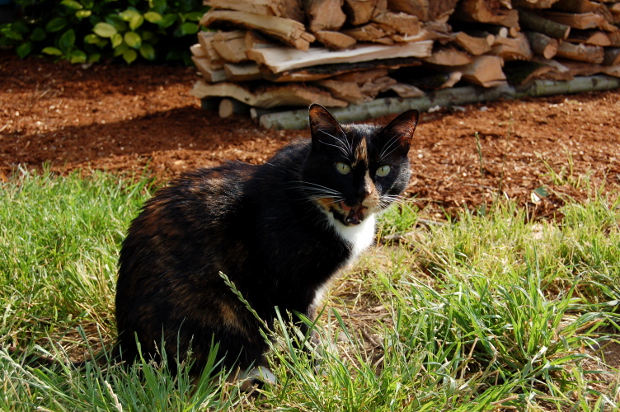


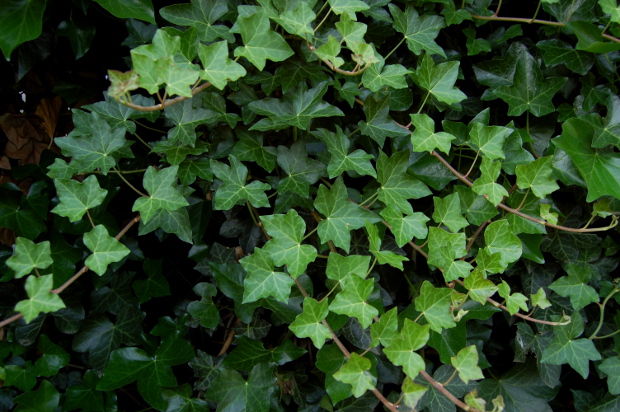
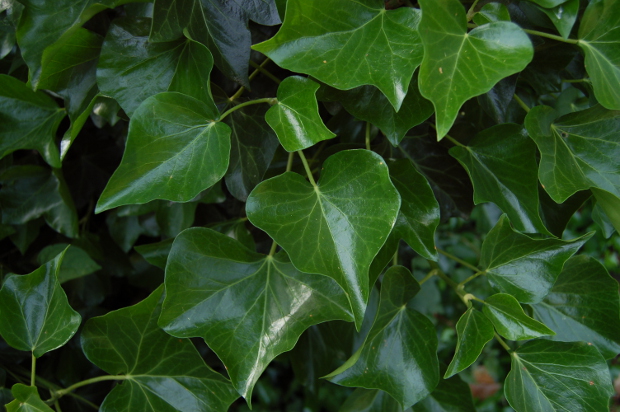
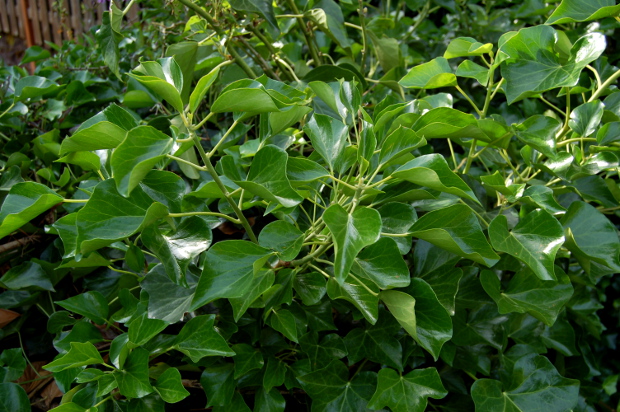
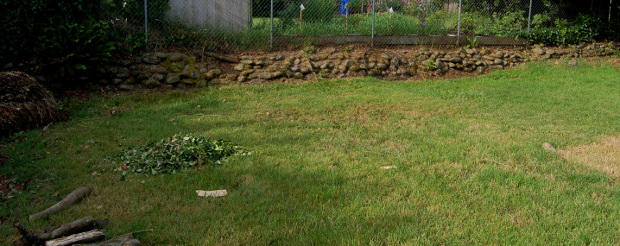
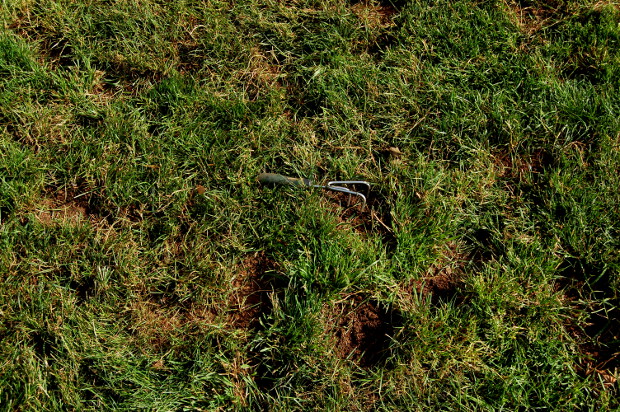
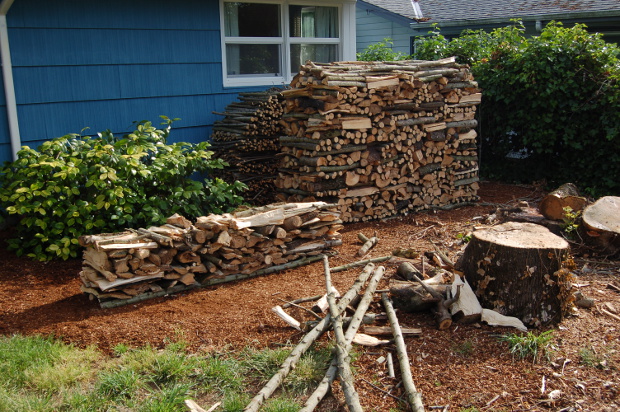

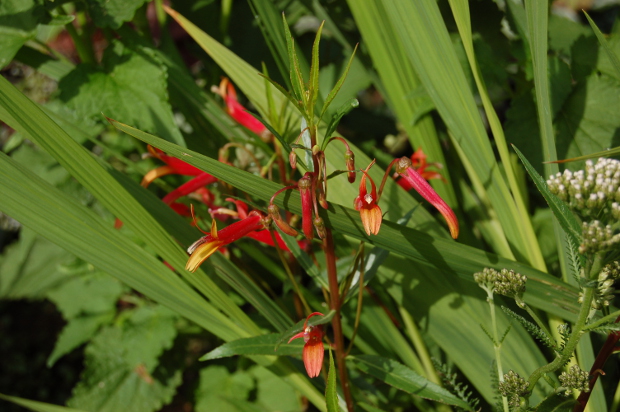

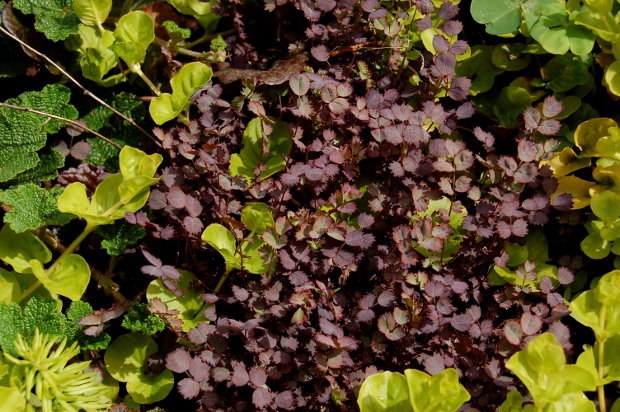



I remember well the excitement of starting with our tabula rasa backyard eight years ago. Yours looks like a wonderfully huge plot to play in. Between you, and Patricia, and my now eight-year-accumulation of plants, I have a serious case of empty back garden envy. I look forward to the unfolding of your garden!
Jane, I can’t wait to see how it unfolds myself. And this is just the backyard! The front yard is rather spacious, too, and I haven’t even begun to think of what to plant there. Other than drought-tolerance–I won’t be dragging a hose everywhere.
So very happy to see your precious kitty back home! Looking forward to your new garden coming to life!
Jenni, I really cannot believe it’s him. He is probably getting tired of me squeezing and kissing him, but I can’t help it. I was a bad parent to let him get out, and I’m incredibly lucky to get him back. I look forward to sharing more of the garden as it develops.
Yep, I am aghast at the use of roundup for preparing a garden bed. How about cardboard, or even black plastic over it to bake it.
My entire garden was over taken by bindweed and I had to find another way to work through it.
Our county is actually the same size as Connecticut, one of the poorest in the US and we have the majority of our growers using heirloom seeds, non-pesticides and an amazing number of bee keepers. The changes over 10 years here are astounding.
So, use of Roundup, shocks me given your talents and experience. (I know this sound harsh, especially since I so love your blogs!)
Anita, During most the 16 years I spent working at a nursery (conventional, not organic), I had no trouble with Roundup, or with many of the chemicals that were used there. It was all just standard operating procedure. Eventually, I learned about organic methods and became distrustful of all synthetic chemicals, and at that time I probably would have smothered the new bed instead, or taken up the sod by hand (that’s what I did to create a quick holding bed for my new plants). More recently, I have come to view the organic-synthetic debate in a new light. The all-organic all-the-time faction makes a lot of valid points about how to garden and farm in ways that are healthy for people, plants, soils, and the environment, and I mostly agree with them. But they also spread some misinformation and fuzzy science. It seems that some of these True Believers in organics are inclined demonize any synthetic substance, no matter how benign, and accept any organic solution, no matter how toxic. I prefer to be objective and decide for myself based on the research I read. I’m just not convinced that Roundup is unsafe for use in my situation. As I learn more, I may change my mind again.
I’m finding I agree more and more with Jeff Gillman, in his book The Truth about Organic Gardening. He advocates a mostly organic approach, because of its emphasis on soil-building and its many other benefits, but he looks at each product commonly used in both organic and conventional gardening, cuts out the rhetoric from either camp, and spells out how toxic each one actually is. Some organics, like rotenone, he (and most of the scientific community) consider more dangerous than some synthetics, like glyphosate.
There’s a good article in the Washington Post this month about the desire of some growers for a “hybrid” system that allows for some non-organics to be used on a crop when they are safe and effective, and more sustainable or more economical than the organic alternative. Apparently, Whole Foods is moving this way, away from Organic-Good, Conventional-Bad, and will be rating food on a more holistic scale which considers the farm’s treatment of workers, its greenhouse gas emissions, the health of its soil, etc., which I find much more meaningful than the usual “Two-Party” system.
I learned of this article from Susan Harris, in her piece in Garden Rant from a couple days ago. Also a good read.
I am in favor of keeping the lines of communication open on the organic-conventional debate. I certainly don’t have all the answers.
You have perhaps saved me from flinching on the rare occasions when I use a spot of Roundup. The guilt is hard to bear.
Ricki, I used it on the poison ivy at our old house in Kentucky, and it was a lifesaver. I don’t know what else I would have done. And the weeds that are sure to come back in that stone wall I cleared–how else could I kill them to the root? Using Roundup to kill the grass for the garden area was maybe lazy of me, but smothering the grass takes SO long, and besides, I just don’t buy into the hype about the dangers of glyphosate when used properly.
I’m so happy you have George back, he reminds me of my ginger Tom ( RIP Campbell) dearly missed.
I’ve just spend all morning yanking the fence Ivy , it always wonders very far…
Linda, I will tell George and give him a little squeeze for you. Aren’t ginger cats the sweetest?
I am considering planting ivy to cover the opposite fence, too, but don’t know if I want the maintenance headache. It is a chainlink fence with green slats in it and gives us total privacy (there are also lots of blackberries on the other side), but it is not the greatest-looking thing.